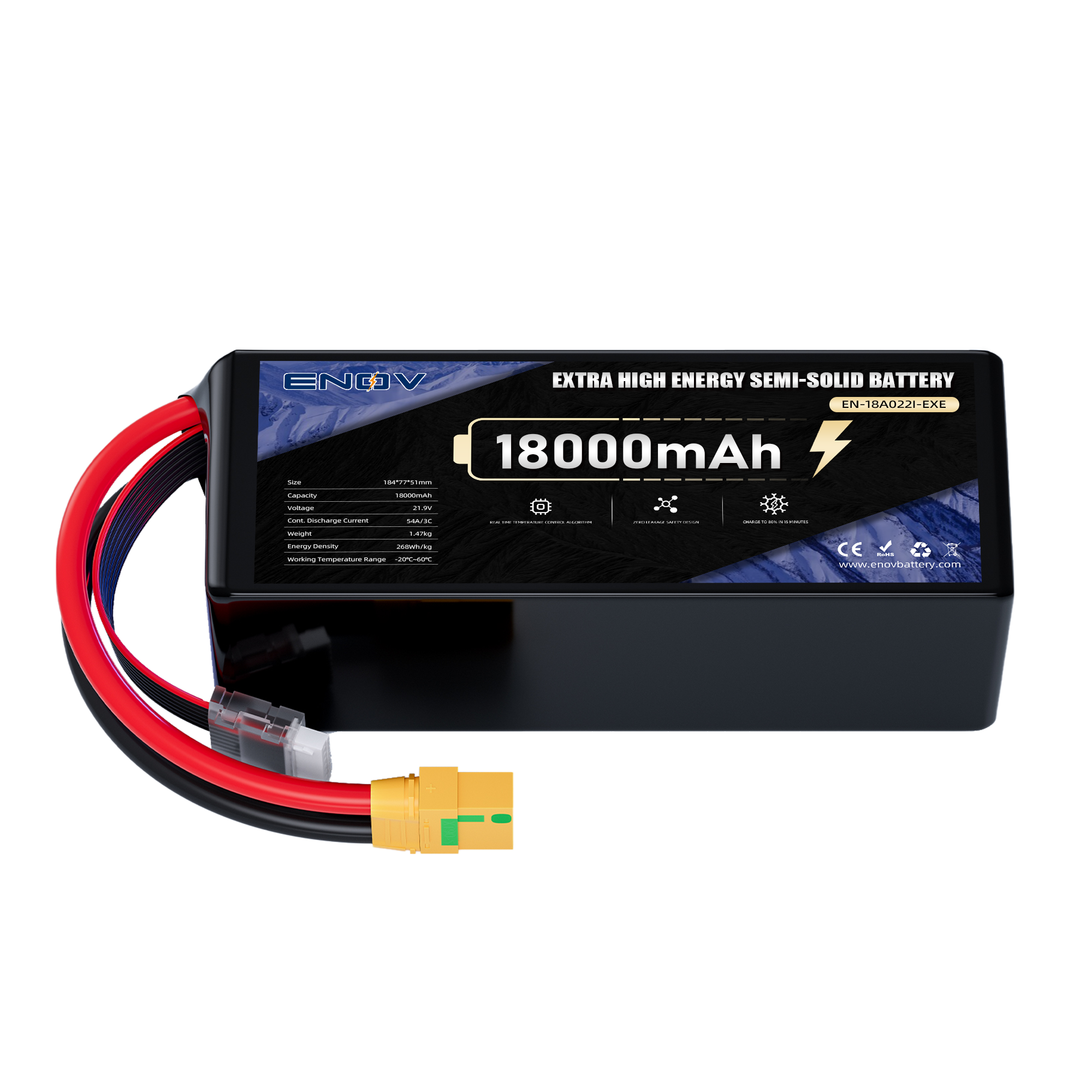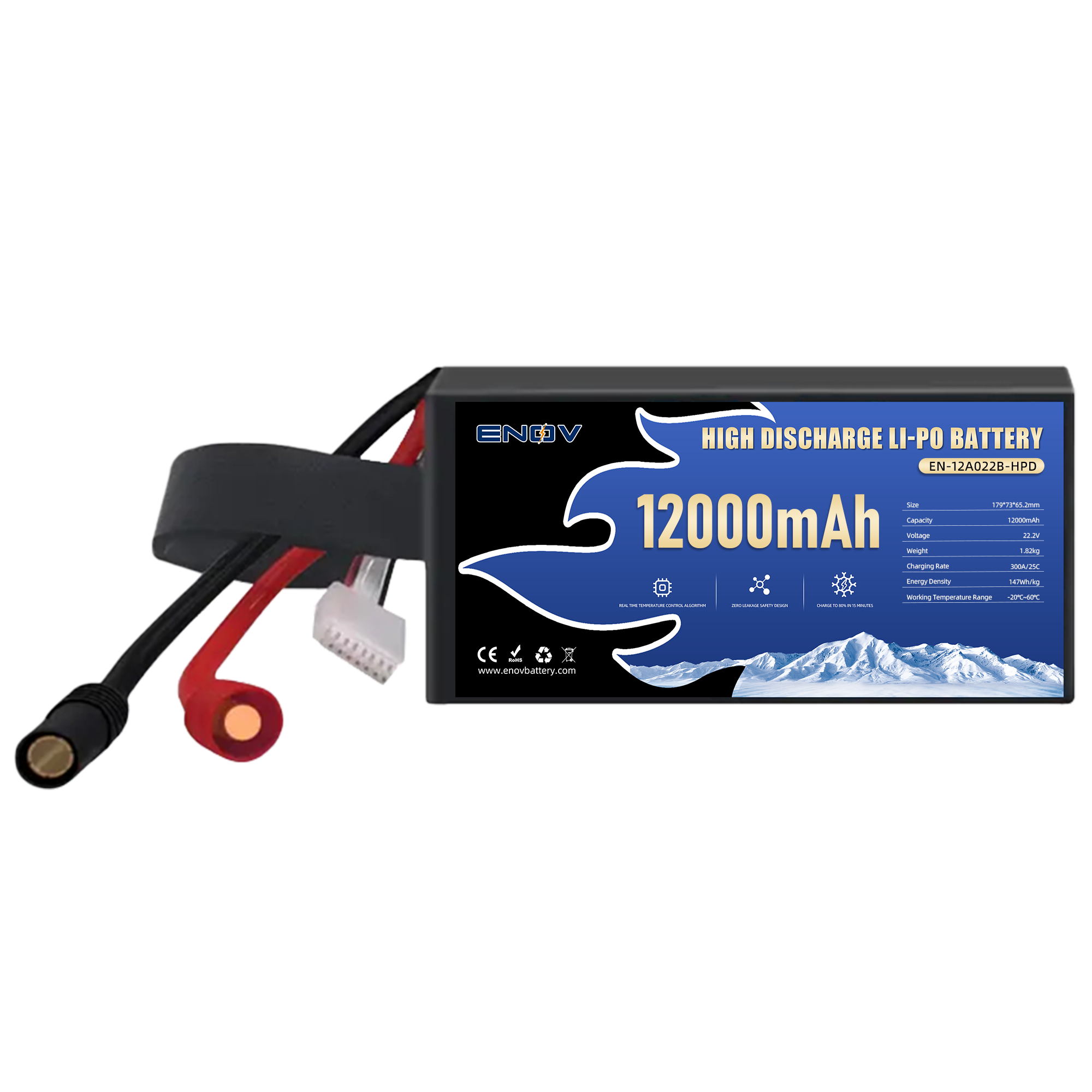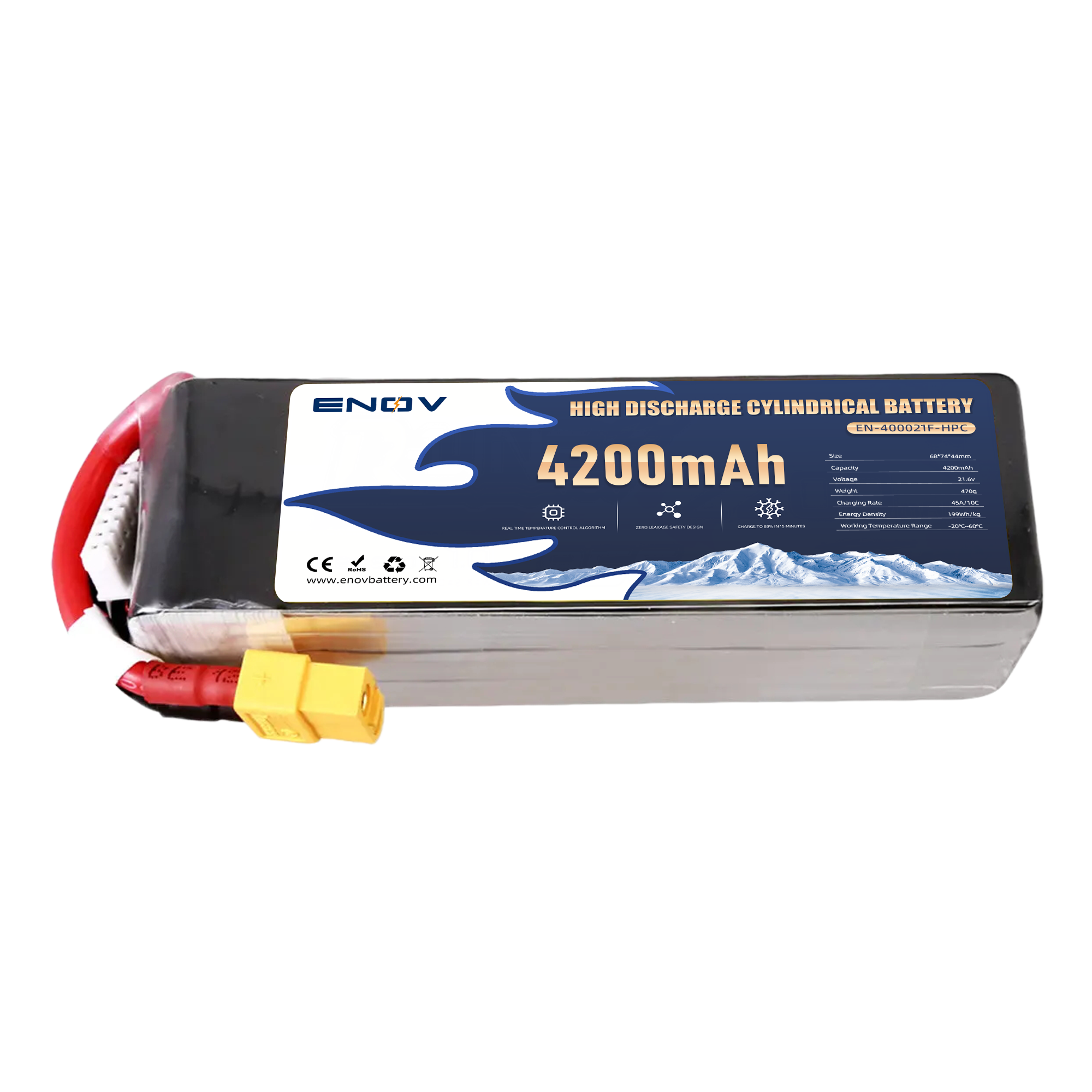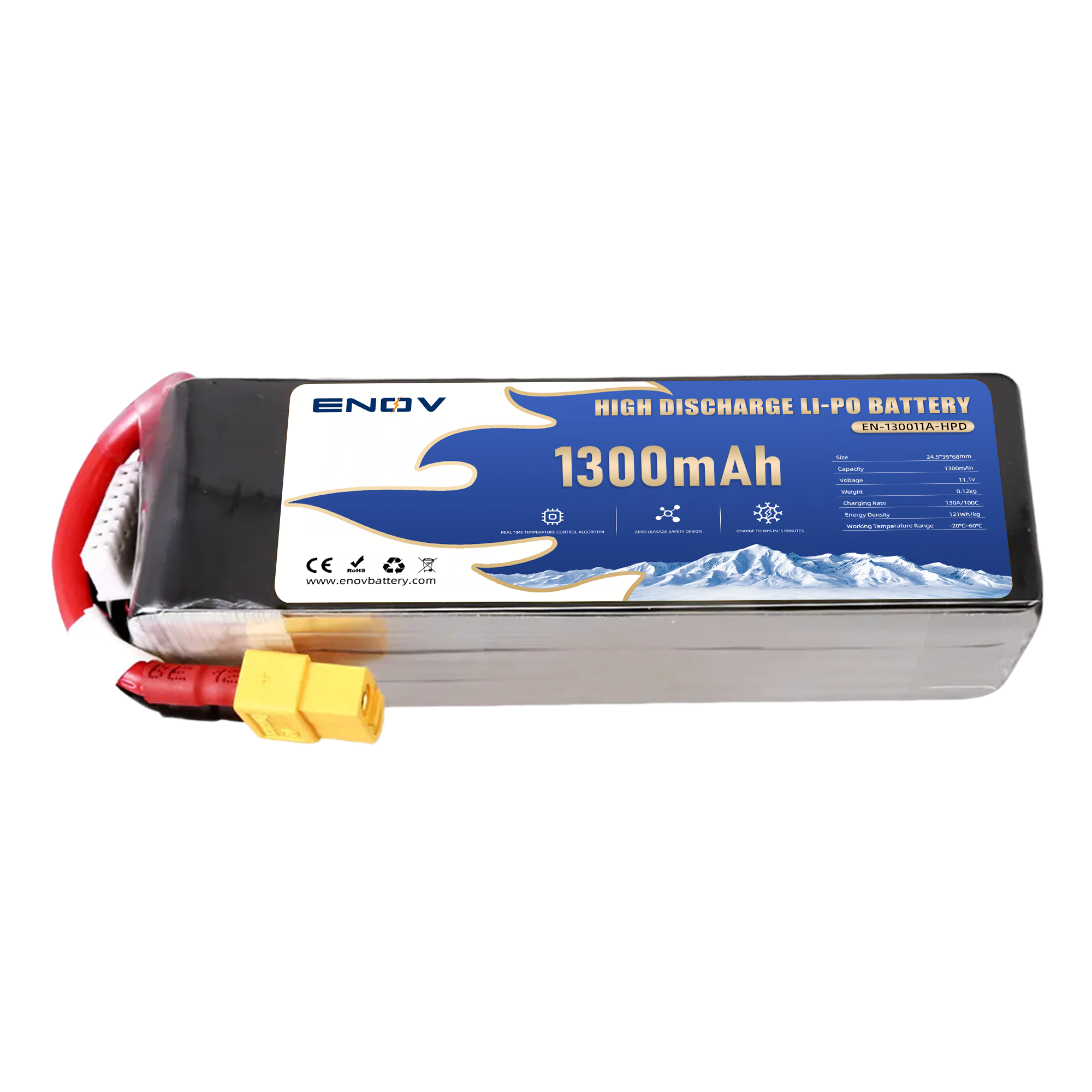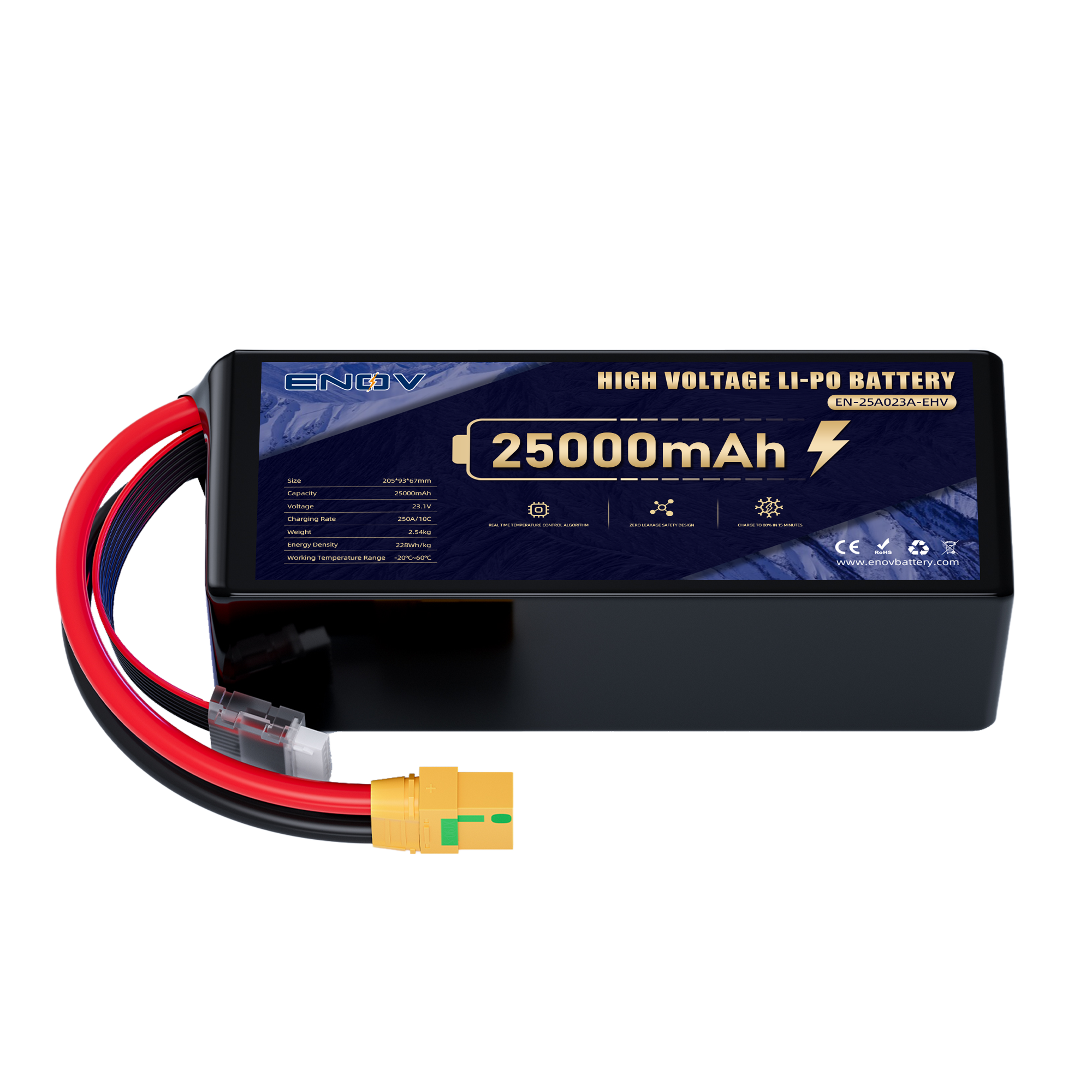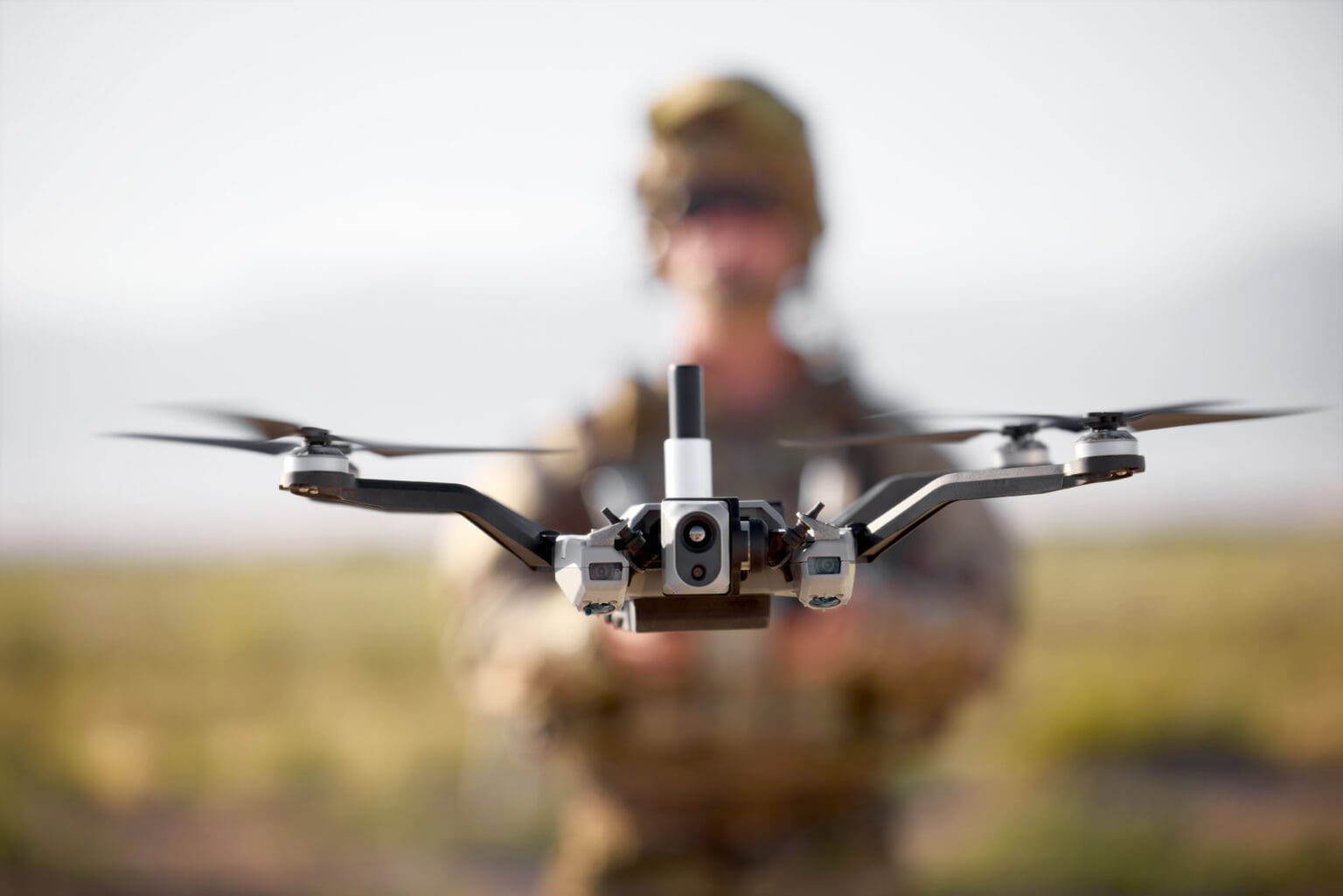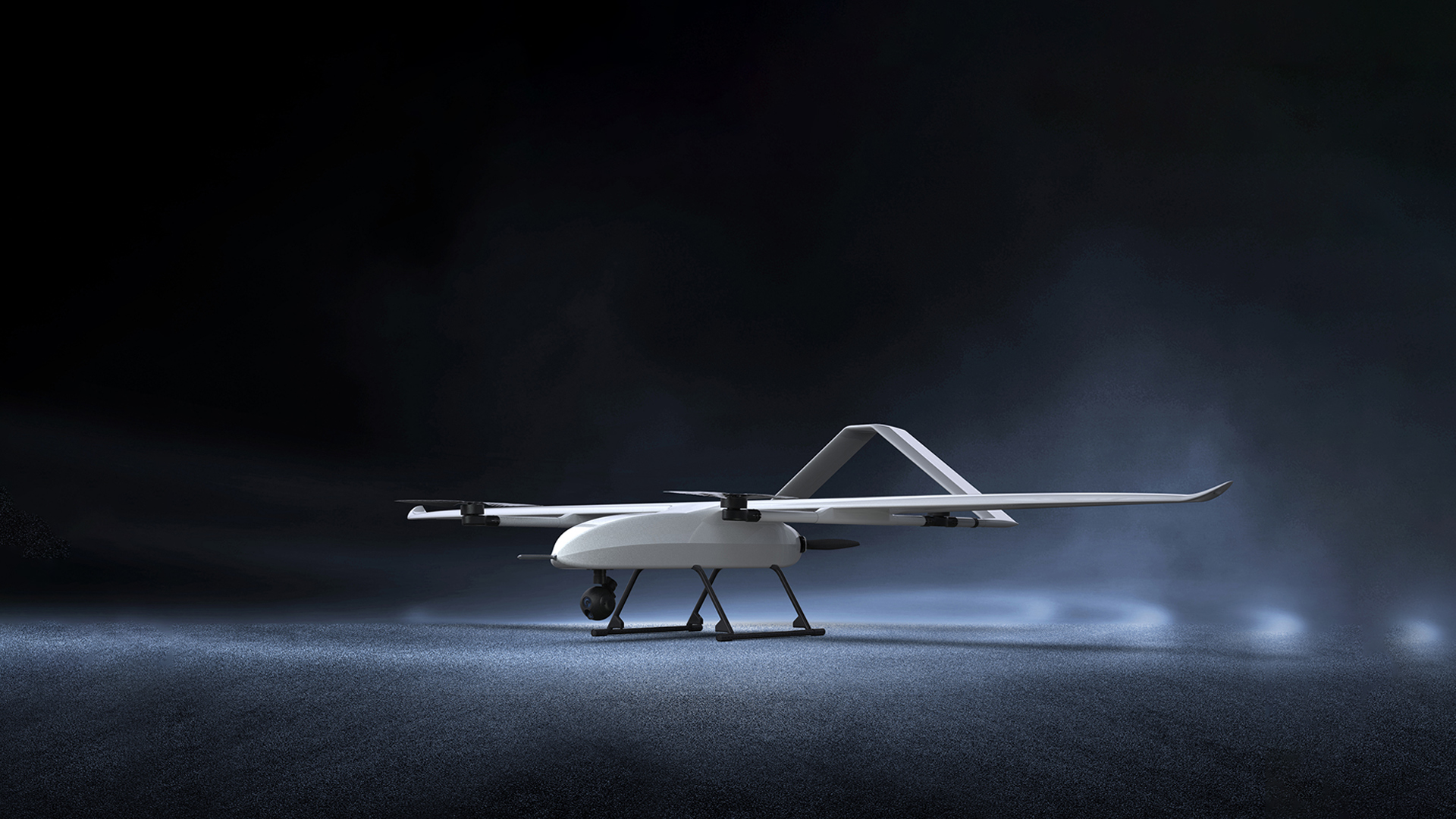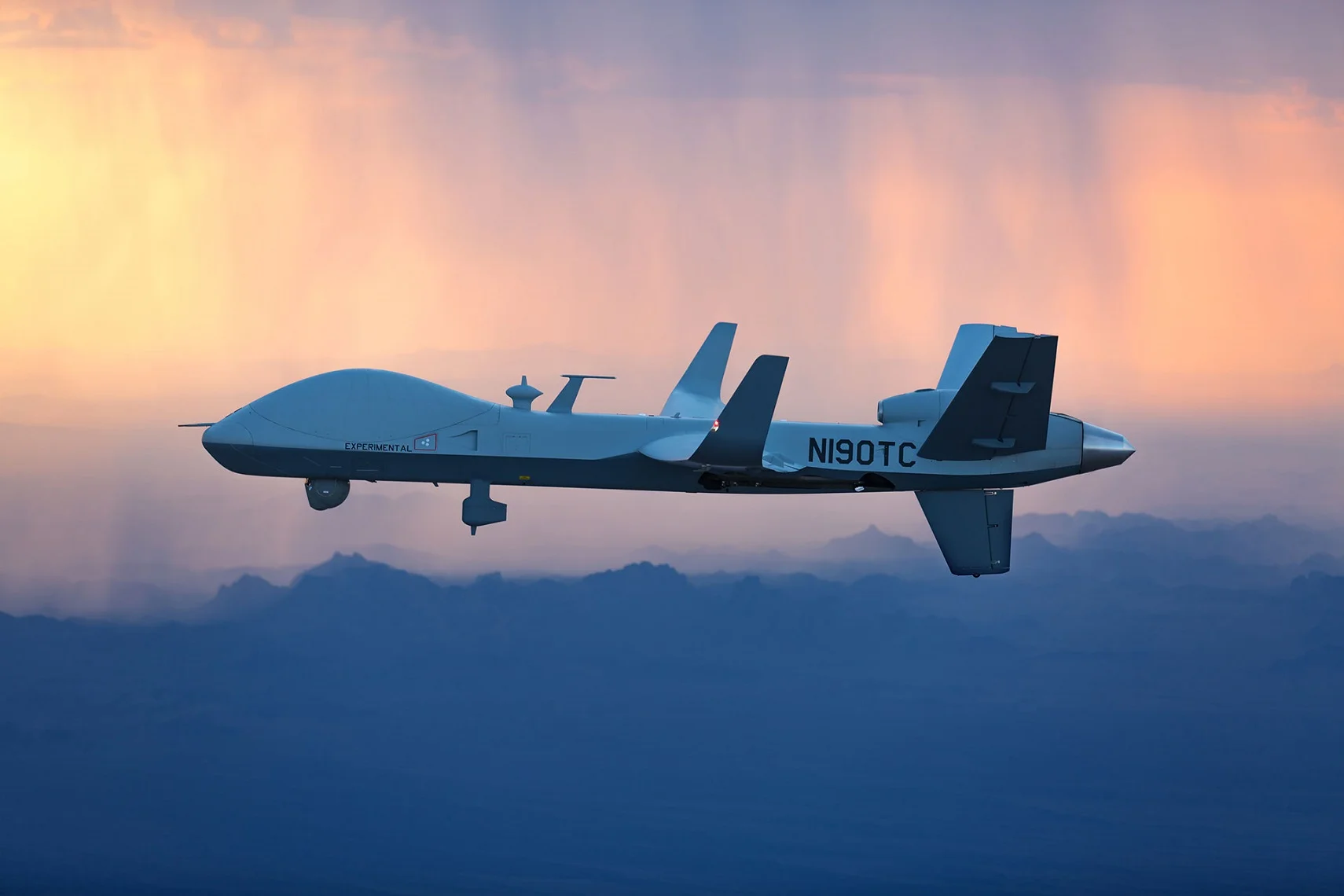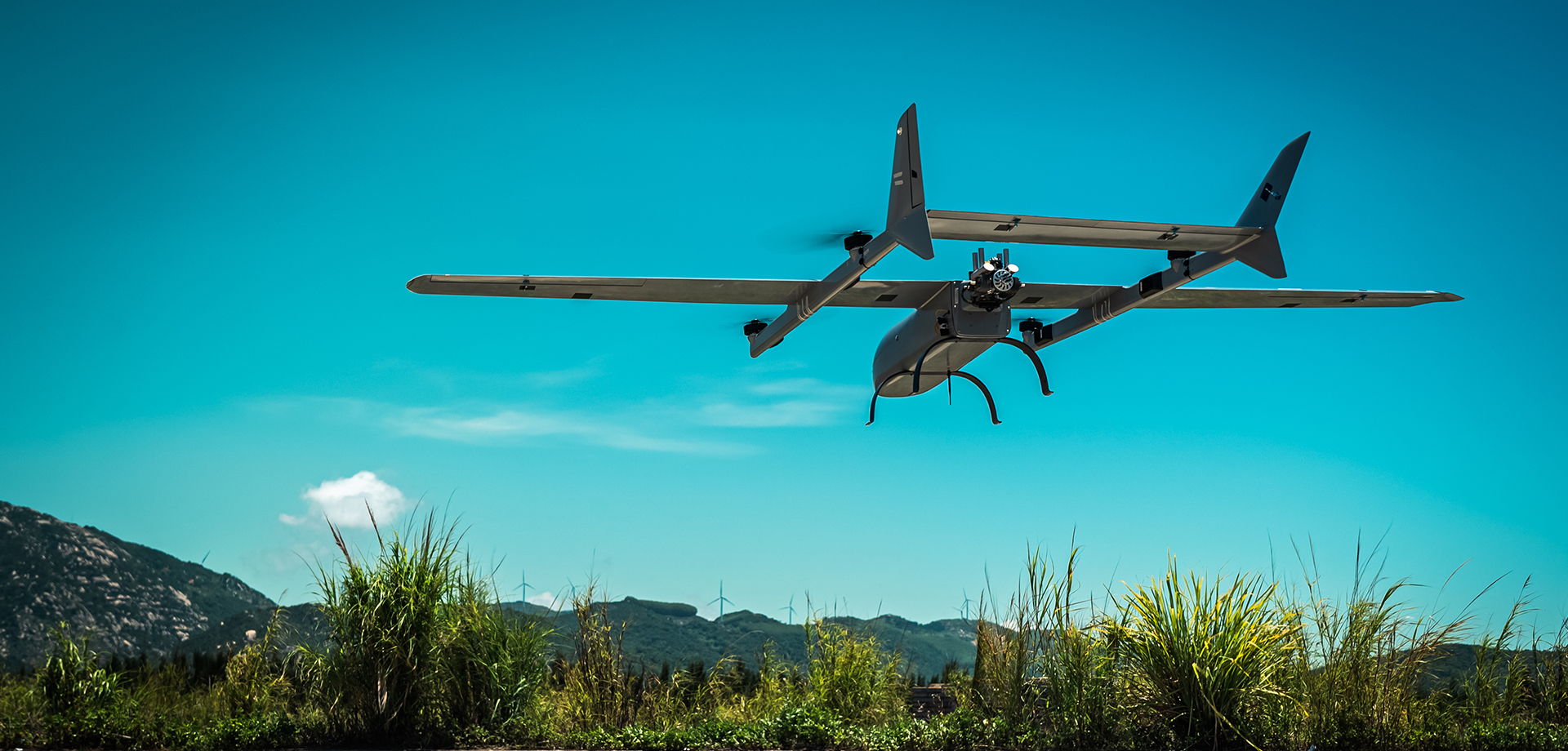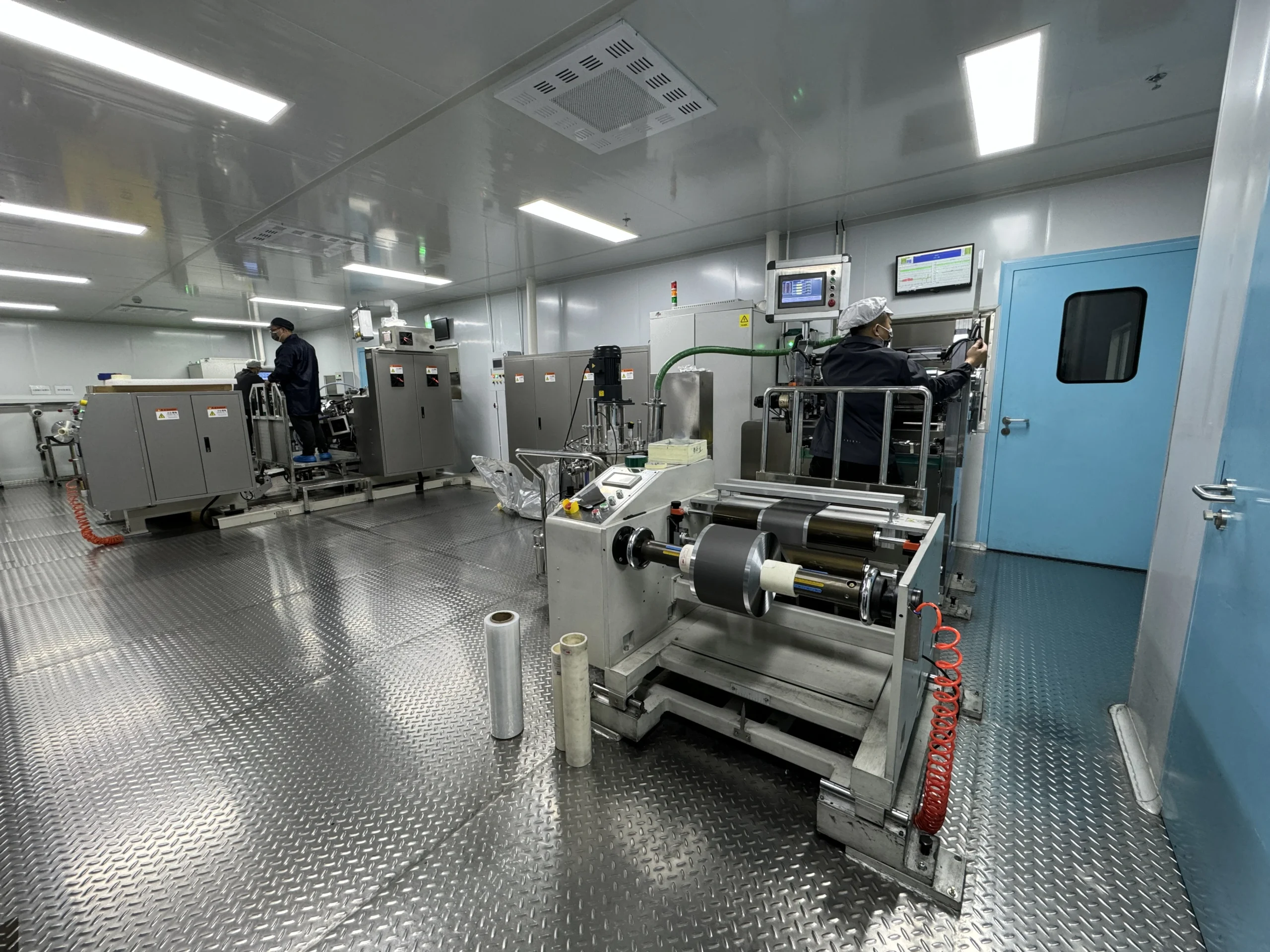High-Altitude Performance: Thin Air, Uncompromised Power — Reliable Drone Operations at Extreme Elevations
In the realm of aerial technology, high-altitude performance is a critical benchmark for drones tasked with missions ranging from mountain rescue operations to atmospheric research. At elevations exceeding 5,000 meters, drones face unique challenges: thin air reduces lift, extreme cold saps battery efficiency, and unpredictable winds destabilize flight paths. This article explores the engineering innovations and operational strategies that empower drones to deliver uncompromised power in low-oxygen environments, ensuring reliability for scientific, industrial, and emergency applications.
thrust
1. Defying Thin Air: Aerodynamic and Propulsion Breakthroughs
High-altitude environments demand specialized designs to counteract reduced air density. Traditional drone rotors lose up to 30% lift efficiency above 3,000 meters due to thinner air, forcing motors to work harder and drain batteries faster. Modern solutions address these limitations:
• High-pitch propellers: Engineered for low-density air, these blades generate 25% more thrust at 5,000 meters compared to standard designs, enabling stable hovering in alpine regions.
• Turbocharged motors: Brushless motors with integrated cooling systems maintain torque efficiency even in oxygen-starved conditions, critical for Himalayan geological surveys.
• Altitude-adaptive firmware: Drones like the DJI Flip automatically adjust rotor speeds and tilt angles based on real-time air pressure data, compensating for sudden wind shear.
These advancements allow drones to execute precision tasks—such as delivering medical supplies to remote villages—without losing altitude or stability.
2. Battery Tech Conquering Cold and Low Pressure
Extreme elevations intensify battery challenges: temperatures below -20°C slow chemical reactions, while low atmospheric pressure risks cell swelling. Cutting-edge power systems tackle these issues:
• Self-heating lithium packs: Batteries like the Aeroo AI Flight model use internal heaters to maintain optimal temperatures (15°C–25°C), ensuring consistent discharge rates at 6,000 meters.
• Pressure-resistant casings: Reinforced enclosures prevent cell deformation during rapid ascents, a common issue in Andes volcano monitoring missions.
• Solid-state electrolytes: Emerging lithium-metal batteries retain 90% capacity at -30°C, outperforming traditional LiPo cells that lose 50% efficiency in similar conditions.
For instance, BEI’s defense-grade batteries demonstrated 40-minute flight times at -20°C, while conventional models failed within seconds.
3. Intelligent Systems Bridging the Altitude Gap
AI-driven technologies mitigate high-altitude risks through predictive adjustments:
• Dynamic power allocation: Algorithms prioritize energy to navigation and stability systems during sudden updrafts, reducing motor strain.
• Altitude-aware charging: Smart chargers modify currents based on elevation data, preventing overvoltage damage caused by low-pressure environments.
• Redundancy protocols: Dual battery modules with failover systems ensure continuous operation during Himalayan glacier mapping, where single-cell failures are catastrophic.
The Aeroo AI Flight Battery exemplifies this integration, using machine learning to optimize power output for payload weight and wind conditions in real time.
4. Operational Best Practices for High-Altitude Missions
Maximize drone effectiveness with these guidelines:
• Pre-flight calibration: Sync altimeters and GPS at ground level to avoid sensor drift during climbs.
• Cold-weather prep: Store batteries in insulated cases preheated to 10°C–20°C before launch.
• In-flight monitoring: Land immediately if voltage variance exceeds 0.05V per cell or motor temps surpass 70°C.
• Post-mission care: Gradually warm batteries to room temperature before recharging to prevent condensation damage.
Conclusion
High-altitude performance redefines the boundaries of drone capabilities, enabling operations in regions once deemed inaccessible. Through frost-resistant battery chemistries, pressure-optimized designs, and AI-driven adaptability, modern drones thrive where airliners and helicopters falter. As hydrogen fuel cells and hybrid propulsion systems mature, the next frontier will see drones operating reliably above 8,000 meters—empowering breakthroughs in climate science, disaster response, and global connectivity.
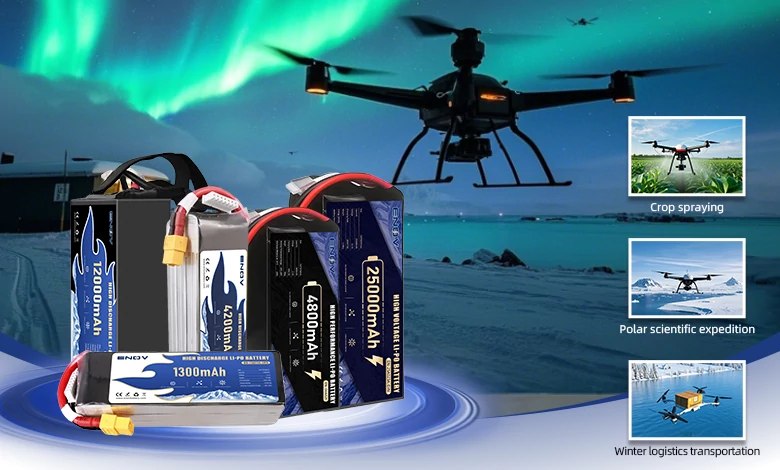
UAV DRONE battery
Enov UAV battery has the most advanced UAV battery new technology, it has a lightweight structural design, ultra-high energy density, stable continuous discharge, customized ultra-high instantaneous discharge, wide temperature working range, stable charge and discharge, battery materials can choose high nickel terpolymer positive/silicon carbon negative material system combined with semi-solid battery technology. Or choose a more mature application of more UAV lithium battery technology, available UAV battery nominal voltage 3.7V, capacity 18.0Ah ~ 30.0Ah, support 10C continuous discharge and 120C pulse discharge (3 seconds). With ultra-high energy density (220-300Wh/kg) as its core advantage, Enov UAV batteries can meet the needs of long-term endurance scenarios such as plant protection drones and transport drones, while maintaining stable emission performance in extremely low temperature environments (-40℃).
Other products
START-STOP LITHIUM BATTERY
LITHIUM ENERGY STORAGE BATTERY
QUICK INQUIRY
FAQ
Access to high frequency technical questions with one click, get accurate answers on product application, after-sales policy and customization process.
Service and Support
Get the latest product specifications, explore professional OEM/ODM customization services, click to open exclusive technical support and production solutions.
Become a Partner
We sincerely invite resources to interconnect, work together for win-win development, and immediately open a new chapter of strategic cooperation!
